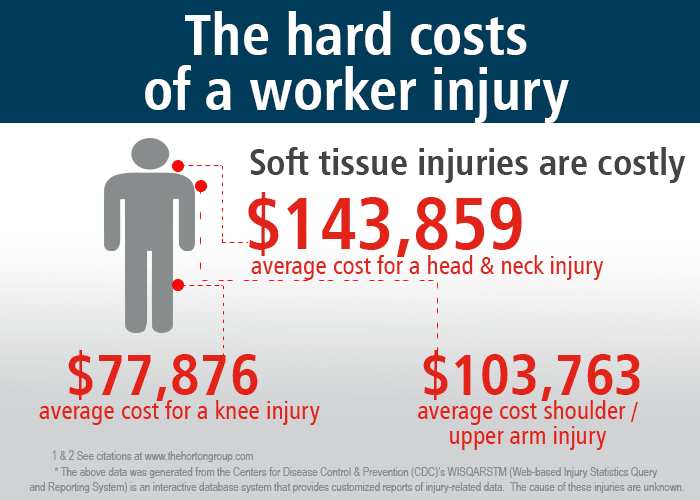Despite efforts to reduce soft tissue injuries in the workplace through ergonomic improvements, employers continue to struggle with costly back, knee, and shoulder injuries among employees who perform physically demanding work.
A number of employment laws prevent employers from asking questions about previous injuries during the interview process, and it isn’t unusual for employers to hire individuals who have suffered multiple soft tissue injuries from previous employment or personal situations.
These employees are often reinjured because they are not physically capable of safely performing the physical demands of the job. Traditionally, post-offer physicals involving x-rays and physical examinations can occasionally identify “at-risk” candidates, but this approach can be costly, without yielding desired results. Fortunately, there is a technology capable of matching the capabilities of a job applicant with the physical demands of the job.
What can you do?
Pre-employment strength testing, using isokinetic technology, is 99% effective at correctly matching candidates to the job being filled. The technology, developed by physical therapists, measures the strength in a candidate’s shoulders, knees, and back. These body parts account for 86% of all occupational soft-tissue injuries. Candidates complete five repetitions of each body part using a machine that records strength in foot-pounds of torque. The test takes 15 minutes, and results are available immediately upon completion of the test.
Many clients have virtually eliminated shoulder, back, and knee injuries among newly hired employees resulting in a reduction in the cost of claims and workers’ compensation insurance. Employers can legally avoid hiring applicants who do not possess the strength necessary to perform the job safely.
Material posted on this website is for informational purposes only and does not constitute a legal opinion or medical advice. Contact your legal representative or medical professional for information specific to your legal or medical needs.




